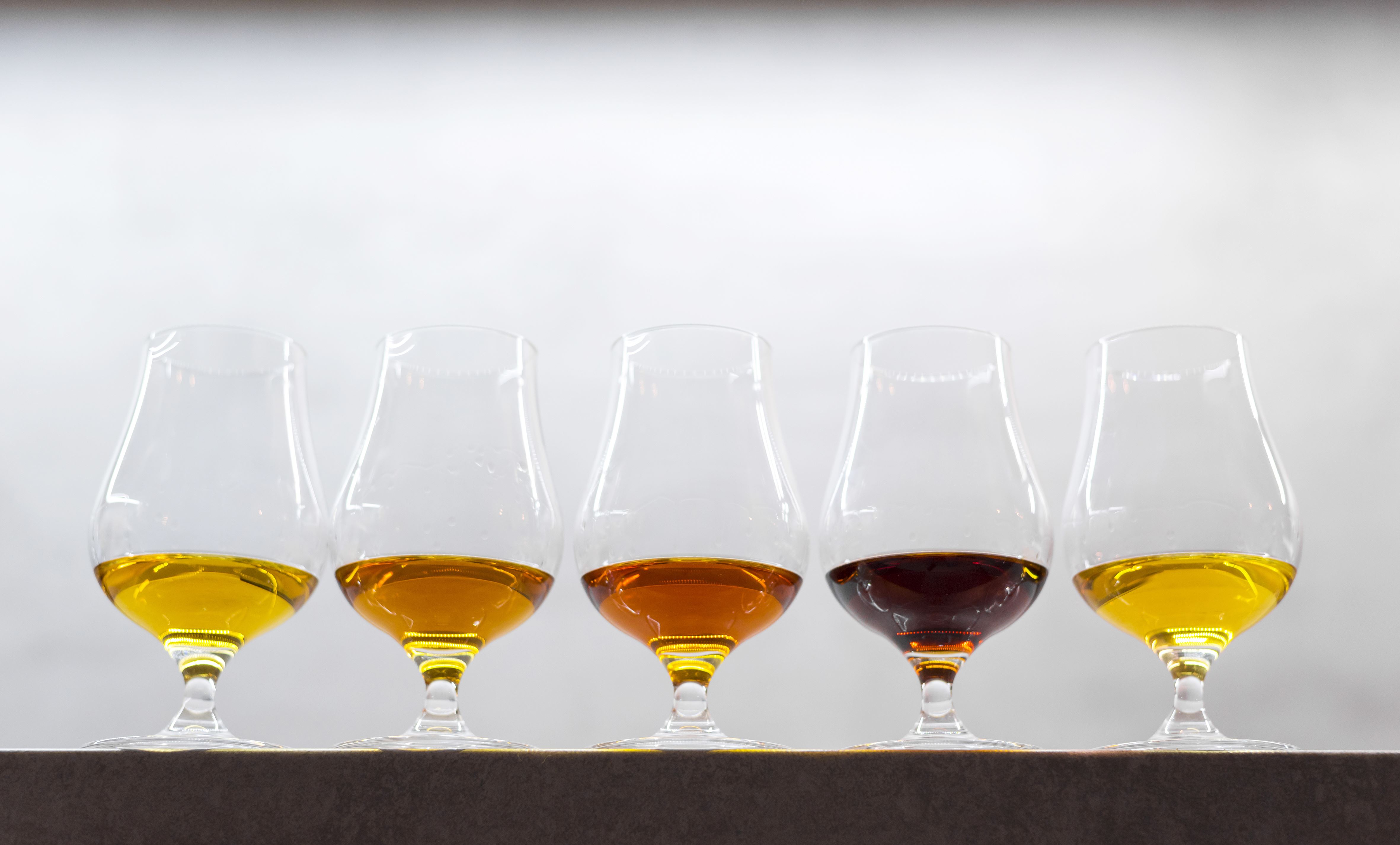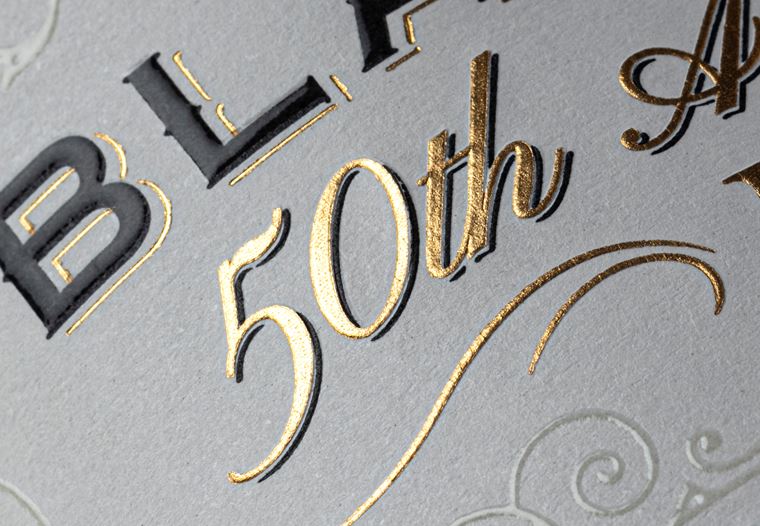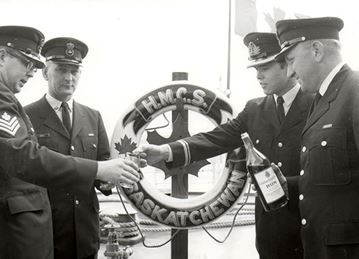

How Is Rum Made
Take a deep-dive into the rum making process to discover its journey from sugarcane fields to your glass.

Blending
Pot & Column blend? Soleras, cask blends, or a blend of different countries? A rum blend can have many different connotations, and here we look at the most common variations you are likely to come across.
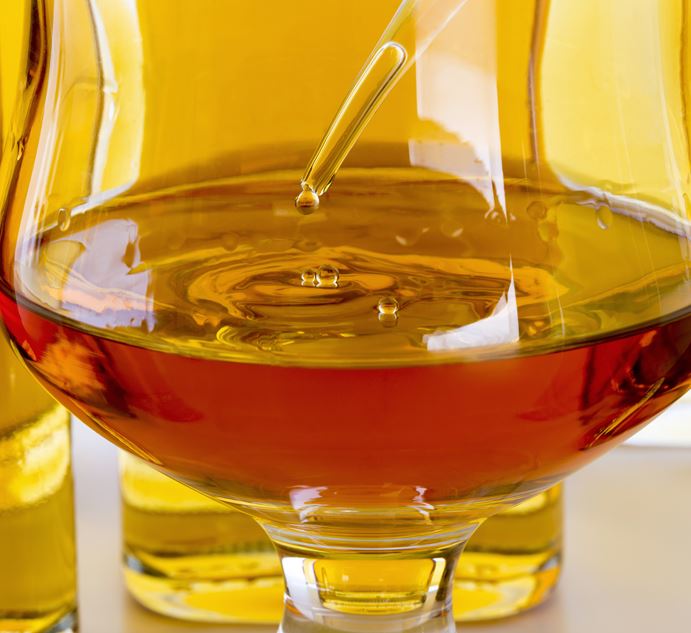
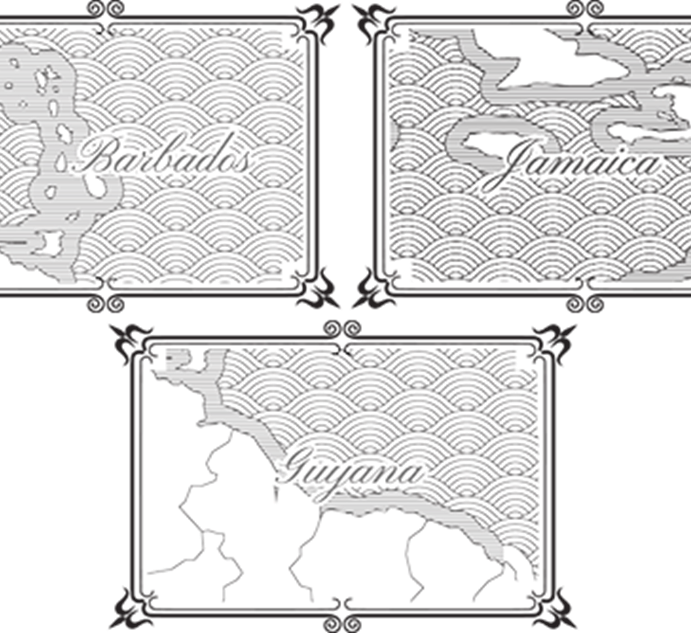
SOLERA SYSTEMS
Solera blends are commonly found in rum producing countries like Guatemala, Venezuela, and Colombia. Inspired by the solera blends employed by sherry producers in Spain, the method of a traditional solera allows for incredible consistency through a process called ‘fractional blending’. In this method, barrels are stacked together and filled with sherry - liquid is only drawn off and bottled from the barrel at the bottom, and every time a portion of this barrel is emptied, it is refilled with the next oldest liquid from the barrel above, which in turn is filled by the barrel above, until the top barrel is refilled with new sherry.
The rum world often states the use of solera blending, though in practice the system may not always be quite as precise as in the far more regulated world of sherry. The principle of 'topping up' or blending older rums with new rums still remains though, immediately adding depth and complexity to the younger rum. It has the added benefit of minimising the angel’s share - a barrel tends to have less evaporation when it is filled and less air in the barrel. The key strength with solera blends whether in sherry or rum is consistency - it is a fantastic tool for blending, and minimises the inconsistencies of individual cask differences.
Solera has drawn criticism in recent years for misleading age statements - whereas in most spirits, the ‘youngest’ spirit in the blend is the age you’re allowed to put on the bottle, a solera blend will usually state the ‘average’ age of the blend, or even the oldest rum in the blend. This isn’t to take away from the popularity and flavour profile of these rums, though it is always good to double check the age range of these blends to be clear about what you are tasting.
BLENDING CASKS
Blending casks together is common practice, whether making large batches of rum or blends in house. Typically in smaller distilleries, individual casks will be tasted and evaluated, then blended together (usually in a stainless steel or wooden vat) to create the desired flavour profile for the final rum. A master blender may specifically choose casks for their individual flavour characteristics, knowing that certain barrels will bring specific elements to the final blend. In larger distilleries, this process may be less pivotal, as across enough barrels it would be expected that the differences would ‘even out’ in the end.
It is becoming more common practice to see ‘single cask’ offerings from distillers, where a particular cask is selected for its excellence, and no further blending is deemed necessary.
THE NAVY BLEND - VAT BLENDING
The Navy Rum blend at its peak was one of the largest rum blends in the world. It is thought that around 4 million imperial gallons were continuously being blended at any one time in order to furnish the entire Navy fleet with their rum rations. As such, while rum was transported in casks from the Caribbean to Britain, it was then necessary to construct giant blending vats to accommodate all this rum and create a consistent flavour profile. The most famous example of this was in Deptford, where three giant open-top wooden-vats were constructed for the Navy blend, with a pipe about a third of the way up to connect them altogether. This meant the rum could flow from vat to vat, and with the pipe a third the way up, it meant there was always a base reserve of rum that would be left to blend with the newer rums added for consistency.
The Navy Blend had rums continuously added to these vats for over 100 years. It is not uncommon to hear the term ‘solera vatting’ used to describe this process, as the emphasis is placed entirely on the consistency of the blend rather than the final age statement. When you taste Black Tot Last Consignment, we hope you’ll take time to appreciate a blend that had been continuously developing for more than a century.
BROKER BLENDS
It is not uncommon in the rum world to see brands source their rums or casks from a rum broker. Consolidating hundreds of rums from around the world, brokers such as E.A. Scheer in Amsterdam do a tremendous job of putting together specific blends with the advantage of having an extensive library of rum flavour profiles to choose between.
Distilleries may choose to bottle a portion of their rum in-house, while selling their remaining rum to brokers either as a ‘bulk blend’ or single casks. This allows blenders around the world to source and put together their own desired flavour profiles, drawing upon a multitude of distilleries that they otherwise would not have access to. With rum, there are no regulations preventing you from blending multiple islands and regions together, which allows a blender to create unique combinations and flavour profiles that would not typically be created by one distillery alone. It is one of the aspects of rum that allows complete creative freedom for blenders, and means there are infinite possibilities of rum blends still to come. Obviously, the skill and the palate of the blender here determines the quality of the end product, and if purchasing a blend you should find brands you trust that build flavour profiles you enjoy - this may require extensive tasting and research!
